Imagine lacing up your sneakers, stepping onto a sleek machine, and running through a virtual trail in the Alps—all without leaving your living room. That’s the magic of a treadmill in 2025, where cardio meets convenience and technology. With so many options flooding the market, finding the best treadmill for your home gym can feel like navigating a maze. But don’t worry—I’ve done the legwork to bring you a comprehensive guide to the top treadmills for home cardio in 2025. Whether you’re a beginner walker or a marathon runner, this guide will help you pick the perfect machine to crush your fitness goals. Let’s dive in!
Why Choose a Treadmill for Home Cardio?
Treadmills are the MVPs of home cardio equipment, and for good reason. They’re versatile, reliable, and pack a punch when it comes to burning calories and boosting heart health. Unlike outdoor running, treadmills let you control every aspect of your workout—speed, incline, and even the music blasting through built-in speakers. Plus, they’re a safe bet for anyone looking to stay active without dodging traffic or battling icy sidewalks.
Convenience of Home Workouts
Ever planned a morning run only to wake up to pouring rain? With a treadmill, weather is never an excuse. You can hop on at 6 a.m. or midnight, fitting cardio into your schedule like a puzzle piece. A study from Iowa State University found that running just 17 minutes three times a week can slash your risk of heart attack or stroke by 55%. That’s a compelling reason to have a treadmill ready when motivation strikes.
Versatility for All Fitness Levels
Whether you’re walking to hit 10,000 steps or sprinting to train for a 5K, treadmills adapt to your needs. Beginners can start with a gentle pace, while seasoned runners can crank up the speed to 12 mph or tackle a 15% incline. Many models even offer pre-programmed workouts, so you’re never stuck wondering, “What’s next?” It’s like having a personal trainer in your basement.
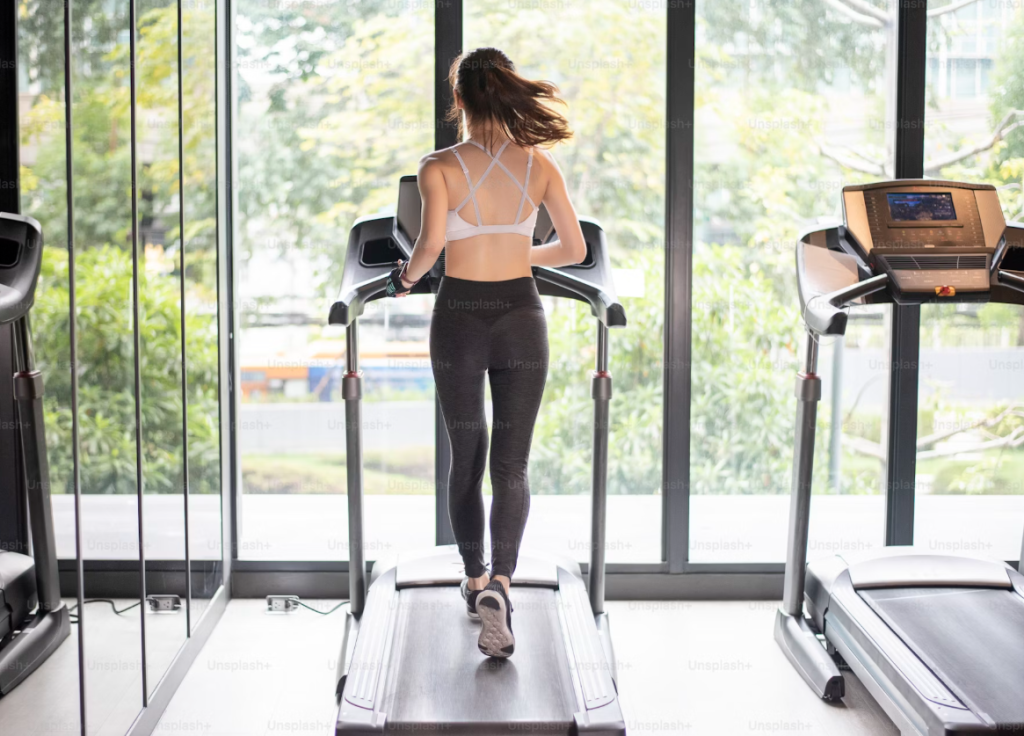
Key Features to Look for in a 2025 Treadmill
Not all treadmills are created equal, and in 2025, the market is brimming with options. To avoid buyer’s remorse, focus on these must-have features when shopping.
Motor Power and Durability
The motor is the heart of your treadmill, so don’t skimp here. Look for a continuous horsepower (CHP) rating of at least 3.0 for running or 2.5 for walking. A strong motor ensures smooth performance and longevity, especially if you’re logging serious miles. Durability also hinges on weight capacity—aim for 300 pounds or more to guarantee stability.
Incline and Speed Options
Want to mimic hill climbs or sprint like Usain Bolt? Incline and speed settings are your best friends. Most top treadmills in 2025 offer 0-12% incline, with premium models like the NordicTrack X24 hitting 40%. Speed-wise, 12 mph is standard, but some machines push to 15.5 mph for intense interval training.
Cushioning and Deck Size
Running on a treadmill shouldn’t feel like pounding pavement. Cushioned decks, like Sole’s Cushion Flex Whisper Deck, reduce impact by up to 40%, saving your knees and ankles. Deck size matters too—aim for at least 60 inches long and 20 inches wide for comfortable strides, especially if you’re over 6 feet tall.
Smart Features and Connectivity
Treadmills in 2025 are basically fitness computers. Touchscreens, iFit or Peloton app integration, and Bluetooth connectivity let you stream workouts, track stats, or even run virtual routes via Google Maps. These features make cardio feel less like a chore and more like an adventure.
Top Treadmills for Home Cardio in 2025
After scouring expert reviews and testing data, I’ve rounded up five standout treadmills that shine in 2025. Each offers unique strengths, so you’re sure to find one that fits your vibe.
NordicTrack Commercial 1750
The NordicTrack Commercial 1750 is the gold standard for home treadmills, and it’s easy to see why. With a 3.5 CHP motor, -3% to 12% incline, and a 14-inch touchscreen, it’s a beast for both beginners and pros. The iFit integration offers thousands of guided workouts, and the foldable design saves space. At around $2,000, it’s a splurge, but the 10-year frame warranty screams durability. Downsides? The iFit subscription adds a monthly cost.
Peloton Tread
If motivation is your Achilles’ heel, the Peloton Tread is your match. Its 23.8-inch touchscreen and All-Access Membership ($44/month) deliver live and on-demand classes that make you forget you’re running indoors. The slatted belt feels cushioned yet stable, even at 12.5 mph. At $3,095, it’s not cheap, and the non-foldable design demands space. Still, it’s a game-changer for guided workout lovers.
Horizon Fitness 7.0 AT
For budget-conscious buyers, the Horizon Fitness 7.0 AT delivers big value under $1,000. It boasts a 3.0 CHP motor, 0-15% incline, and Bluetooth connectivity for apps like Zwift. The foldable deck and 60-inch belt make it practical for small spaces. It lacks a fancy touchscreen, but the 7.25-inch LCD gets the job done. It’s ideal for walkers and joggers, though serious runners might want more power.
Sole F85
Built like a tank, the Sole F85 is perfect for heavier users or intense runners. With a 4.0 CHP motor and 400-pound weight capacity, it handles anything you throw at it. The Cushion Flex deck reduces joint stress, and the 15% incline adds variety. At $2,199, it’s a solid investment, but the 6.5-inch LCD feels dated compared to touchscreen rivals. Its foldable design is a bonus for storage.
Echelon Stride 6
Tight on space? The Echelon Stride 6 folds flat, making it a dream for apartments. Its 3.0 CHP motor and 12 mph top speed suit walkers and joggers, while the 60-inch deck ensures comfort. Bluetooth and app integration add smart features, but the lack of a touchscreen keeps the price around $1,500. It’s not built for marathon training, but it’s a winner for casual cardio.
How to Choose the Right Treadmill for Your Needs
Picking a treadmill isn’t just about grabbing the shiniest model. It’s about matching the machine to your lifestyle, goals, and space. Here’s how to nail the decision.
Assessing Your Fitness Goals
Are you walking to stay active or training for a half-marathon? Walkers can opt for budget models with lower speeds, while runners need powerful motors and longer decks. If you want guided workouts, prioritize smart treadmills with app integration. Knowing your “why” narrows the field fast.
Space and Storage Considerations
Measure your space before you buy—most treadmills need 2 feet of clearance on each side and 6 feet behind. Folding models like the NordicTrack 1750 or Echelon Stride 6 are lifesavers for small homes. Check ceiling height too; add 15 inches to your height to ensure safe clearance.
Budget and Warranty
Treadmills range from $500 to $4,000, but $1,500-$2,000 hits the sweet spot for quality and features. Don’t overlook warranties—look for at least 10 years on the frame and 2 years on parts. A strong warranty is like insurance for your investment.
Safety Tips for Using a Treadmill at Home
A treadmill is a powerful tool, but it’s not a toy. Follow these tips to stay safe and keep your machine humming.
Proper Setup and Maintenance
Set your treadmill on a stable, level floor, ideally with a mat to reduce noise and vibration. Ensure at least 3 feet of clear space behind it to avoid accidents. Clean the belt weekly with a damp cloth and lubricate it every few months per the manufacturer’s guidelines.
Safe Workout Practices
Always warm up before cranking the speed, and use the safety clip to stop the belt if you slip. Maintain good posture—don’t lean forward or grip the rails too tightly. Start slow if you’re new, and never jump off a moving belt. Safety first, always.
Conclusion
A treadmill is more than a piece of equipment; it’s a ticket to better health, rain or shine. In 2025, models like the NordicTrack Commercial 1750, Peloton Tread, and Horizon Fitness 7.0 AT offer something for every budget and fitness level. By focusing on motor power, cushioning, and smart features, you can find a machine that feels like it was made for you. So, why wait? Take the first step toward your fittest year yet and bring home a treadmill that’ll keep you moving in 2025 and beyond.
FAQs
- How often should I maintain my treadmill?
Lubricate the belt every 3-6 months, depending on usage, and clean the machine weekly with a damp cloth. Check the owner’s manual for specific guidelines to keep it running smoothly. - Can beginners use high-end treadmills like the Peloton Tread?
Absolutely! High-end models often have beginner-friendly guided workouts and adjustable settings, making them great for all levels, though the price might be overkill for casual walkers. - Are folding treadmills as durable as non-folding ones?
Many folding treadmills, like the NordicTrack 1750, are just as sturdy as non-folding models. Check the weight capacity and warranty to ensure long-term durability. - What’s the ideal treadmill deck size for tall runners?
Tall runners (over 6 feet) should aim for a deck at least 60 inches long and 22 inches wide to accommodate longer strides comfortably. - Do I need a subscription for smart treadmill features?
Some treadmills, like the Peloton Tread, require subscriptions (e.g., $44/month) for full access to guided workouts. Others, like Horizon’s 7.0 AT, work with free third-party apps.



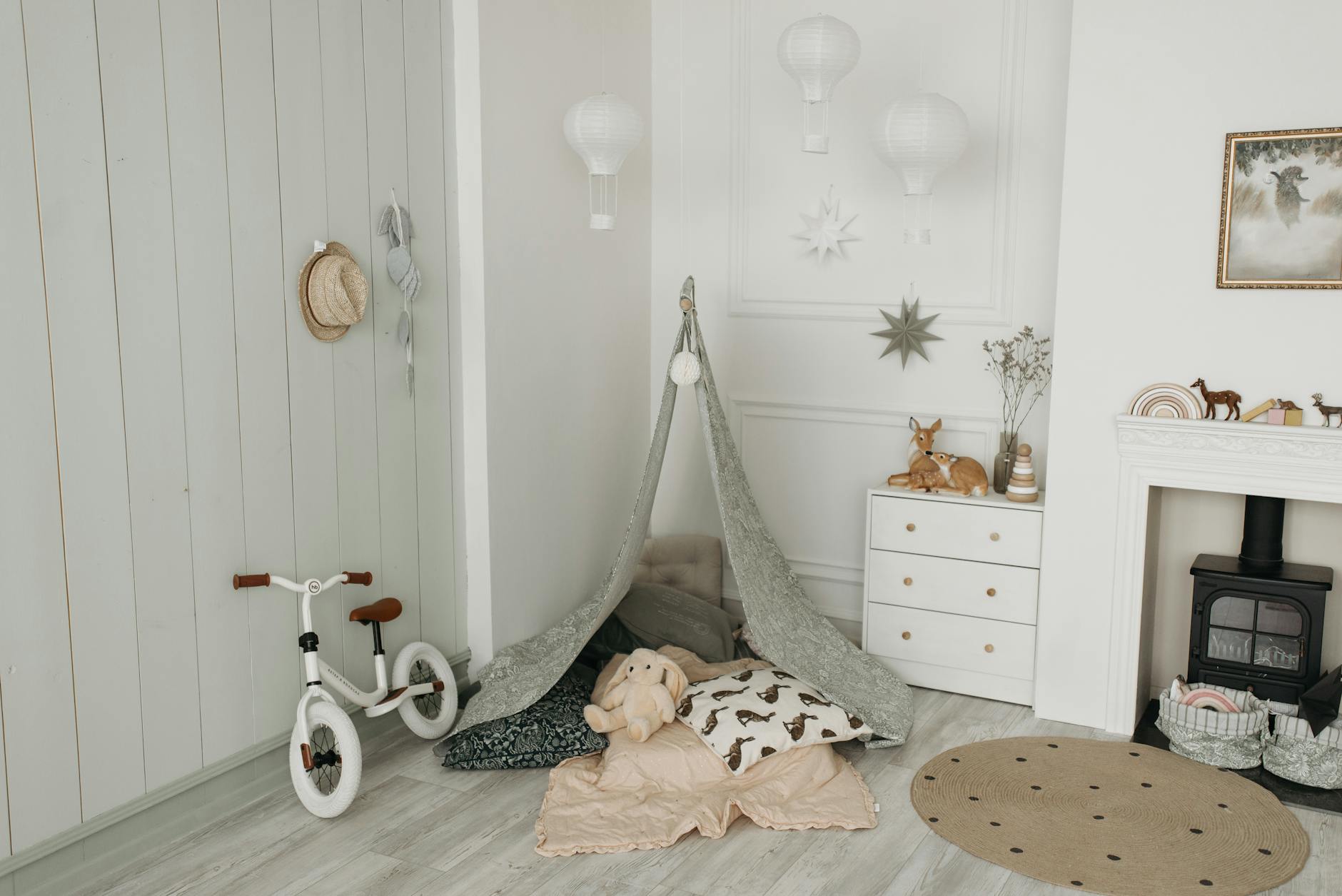
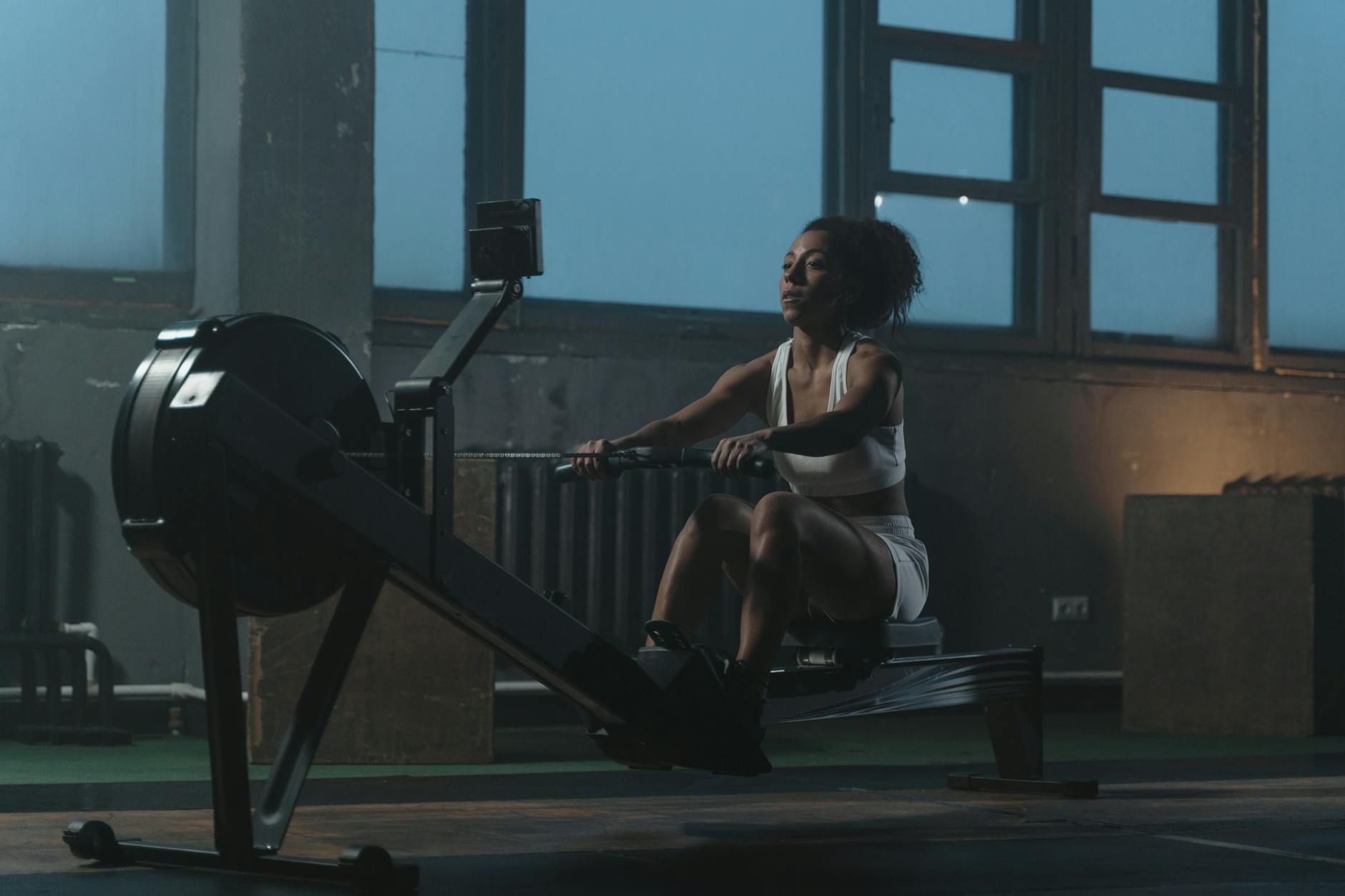

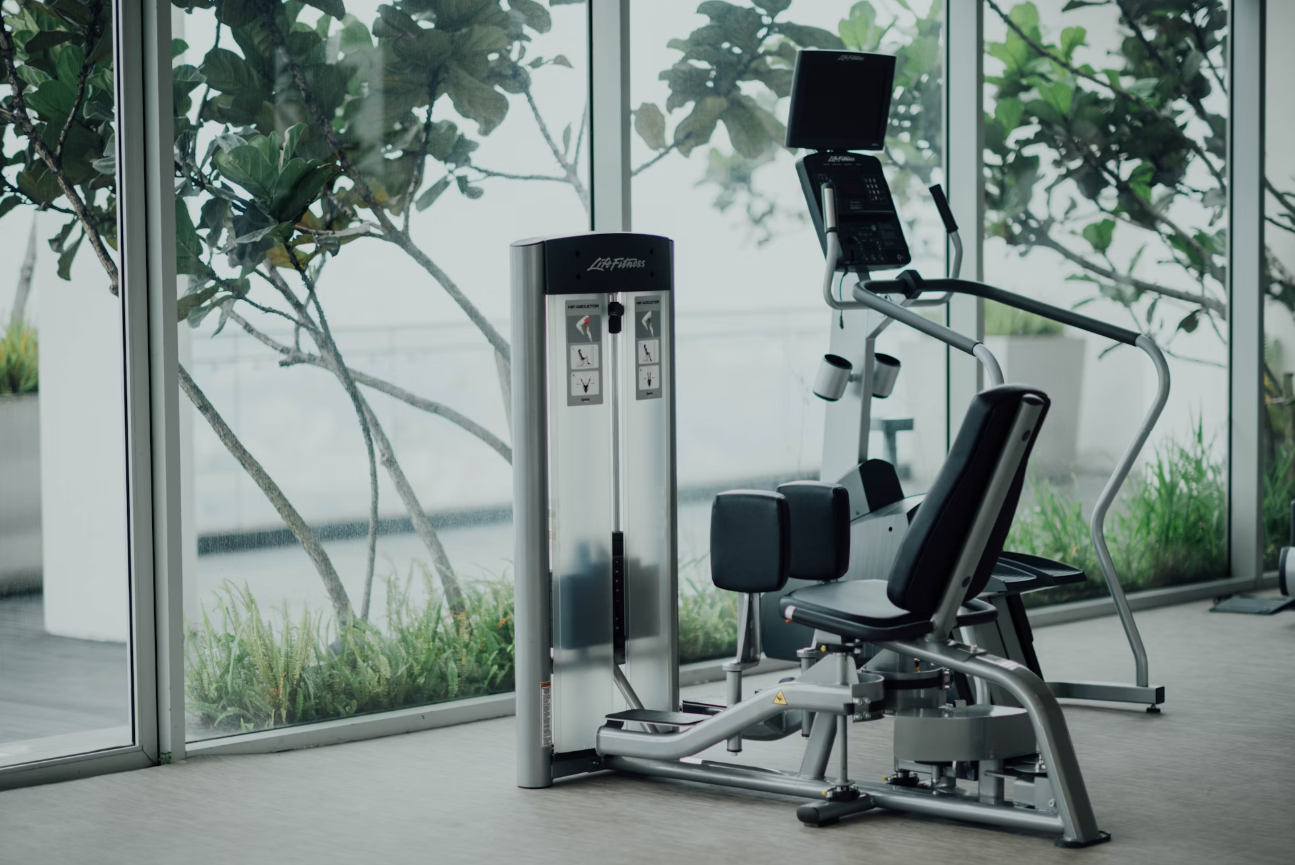

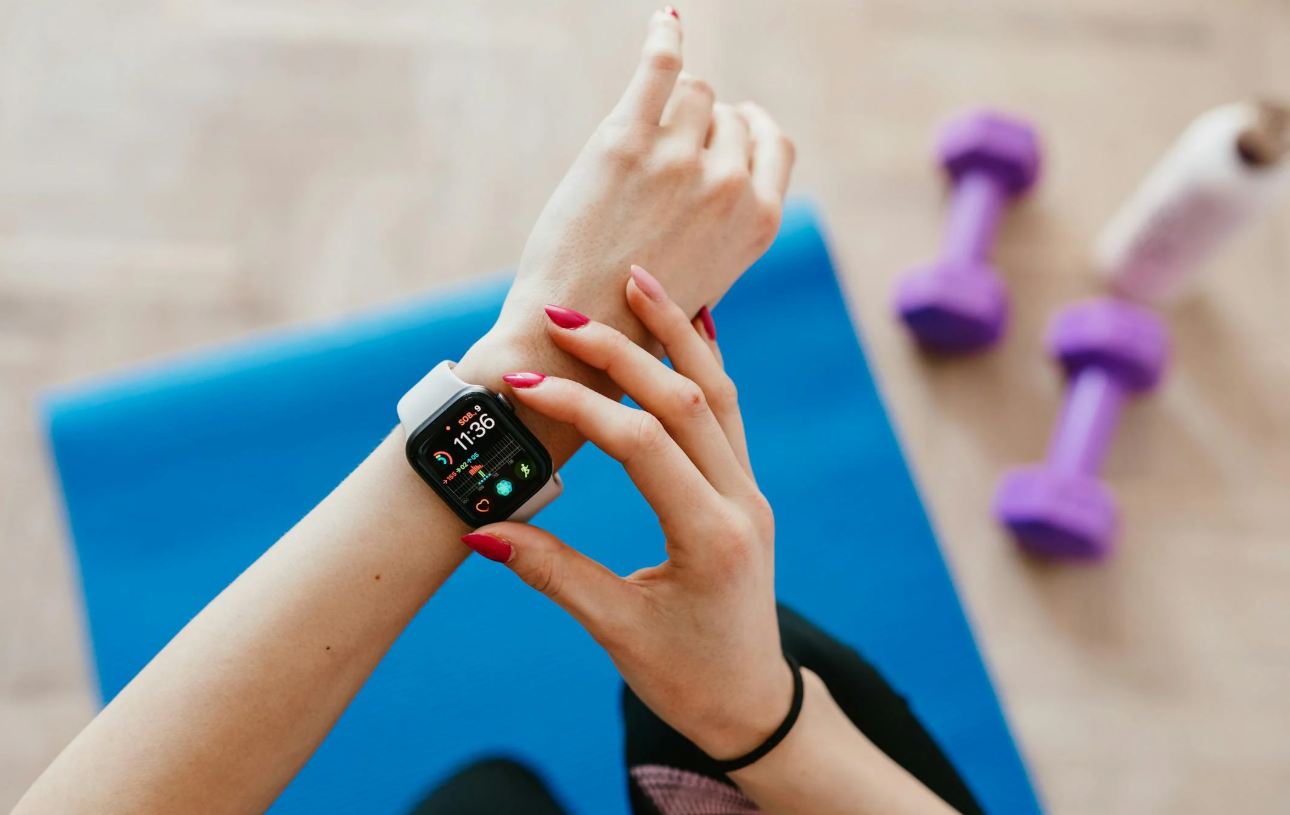

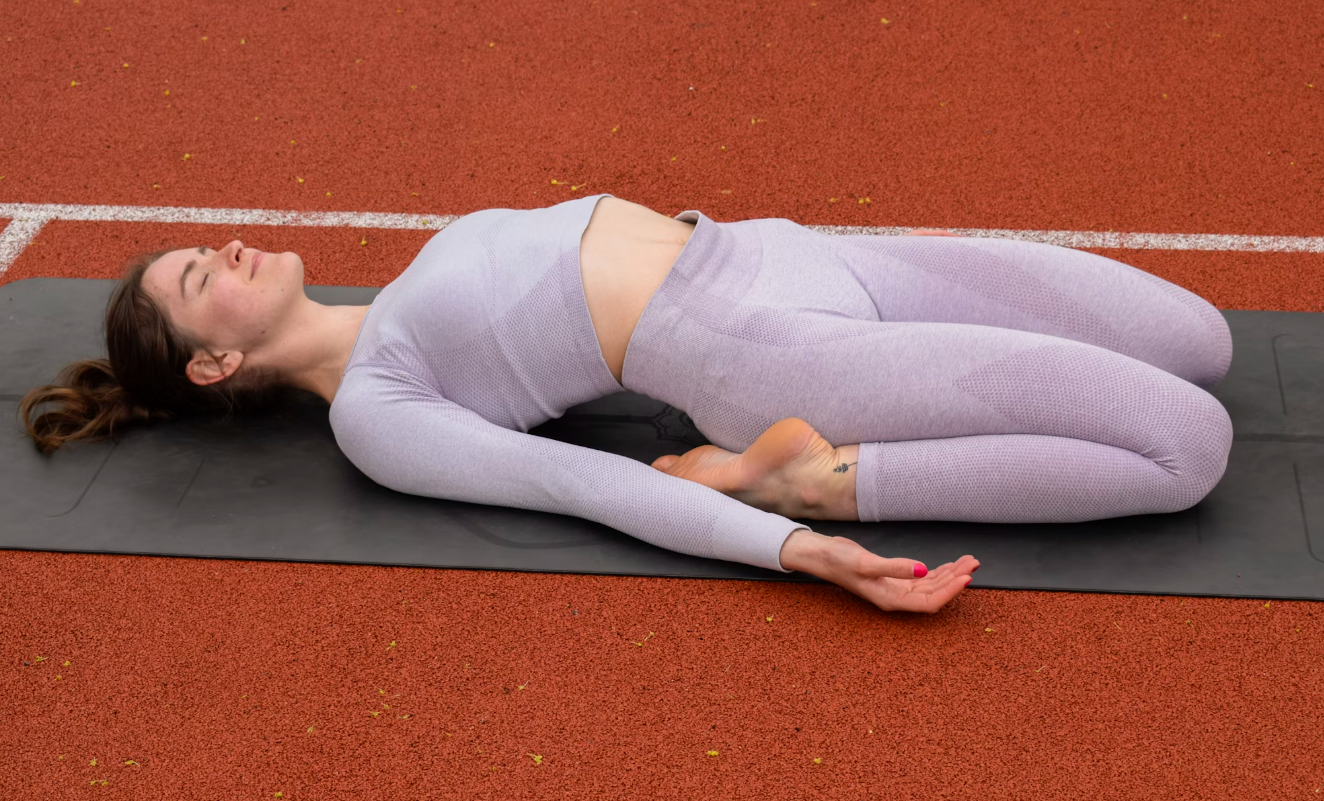



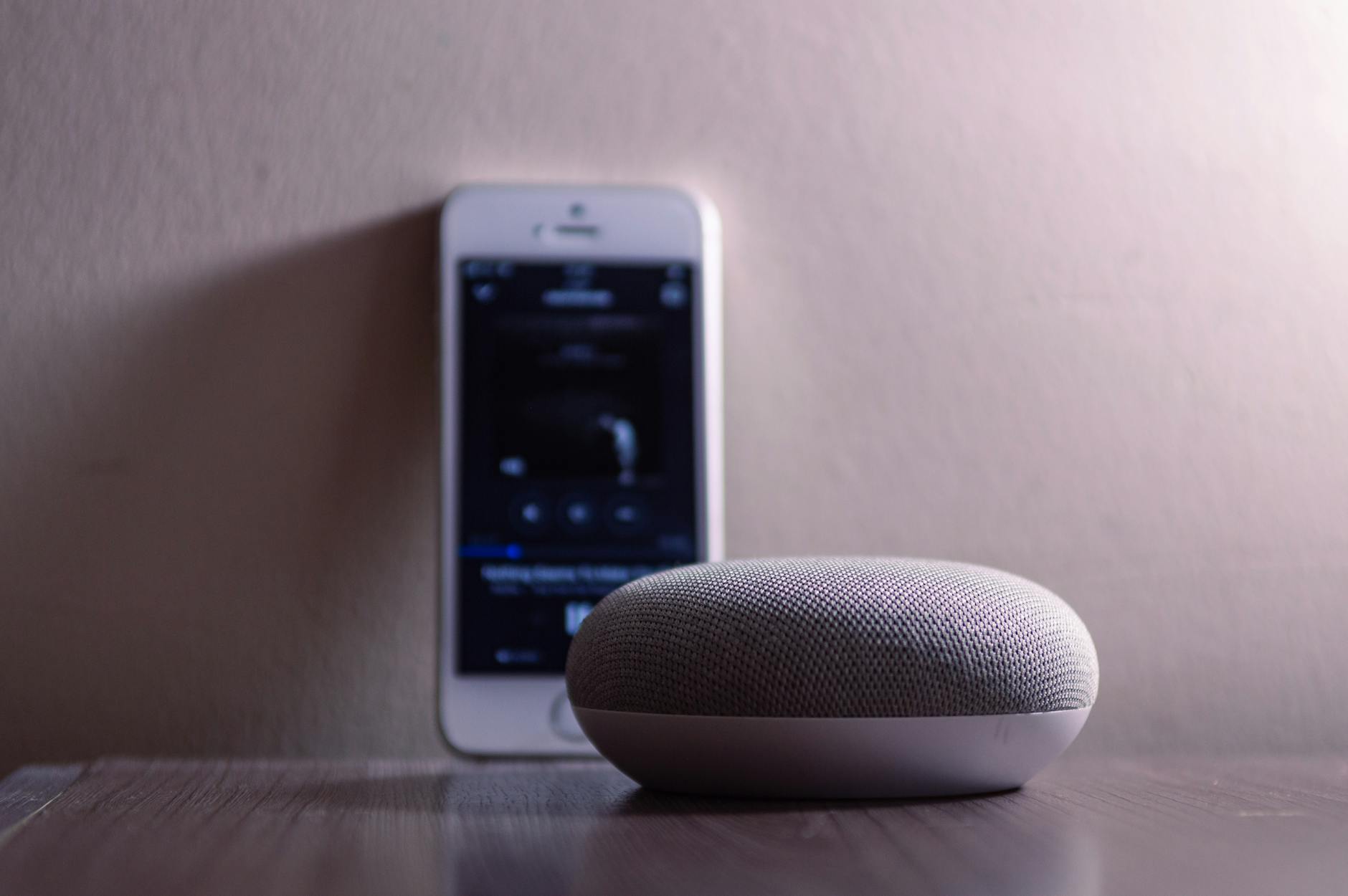
Leave a Reply